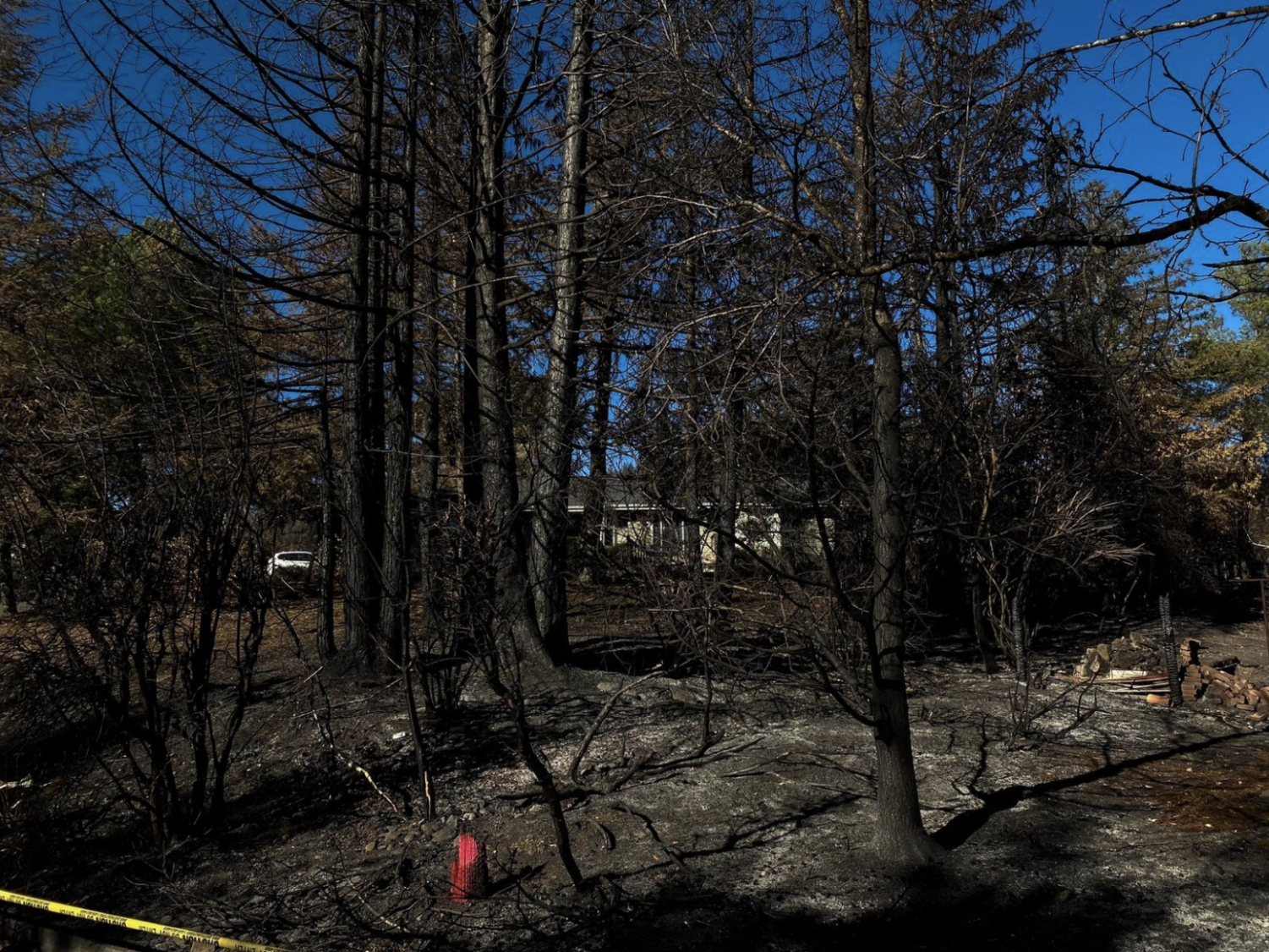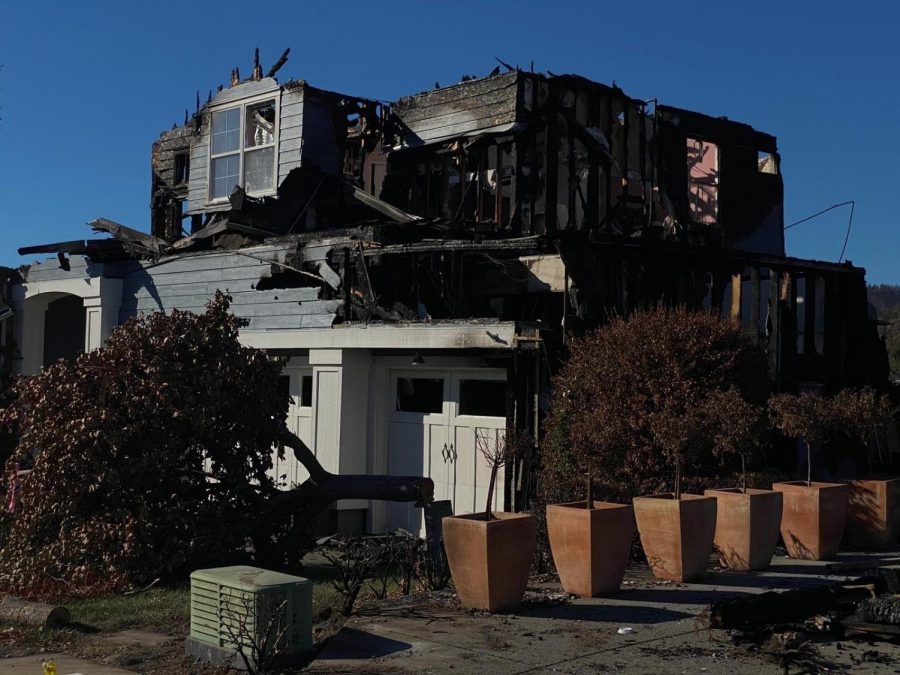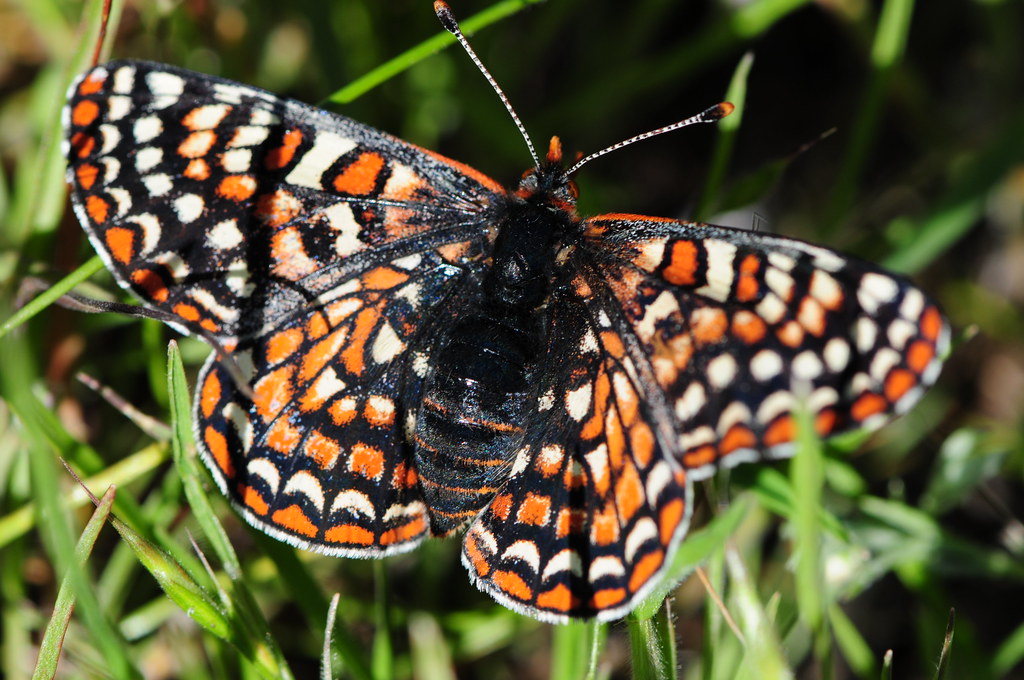As we delve deeper into a state of climate disaster, the best way to see the ramifications is simple – just look around. Our Earth is struggling, and it’s evident in everything from the dry forests to the spread of disease.
Although COVID-19 isn’t a direct result of climate change, many of the root causes of climate change also increase the risk of pandemics.
As the planet continues to heat up, animals of all different shapes and sizes head to the poles to escape the heat. This results in animals coming into contact with other animals that they normally wouldn’t. The collision of different species creates an opportunity for pathogens to infect new hosts.
Additionally, deforestation remains the leading cause of habitat loss worldwide. Loss of habitat forces animals to migrate and come into contact with other animals or people, sharing germs.
bay area birds at risk
Natural disasters are ruinous for society. They can cause up to billions of dollars in damage, leaving millions of people in dire situations, and cause numerous deaths. They are hard enough to navigate alone, but now there’s a new element added to the devastation.
The spread of COVID-19 has changed society at an unprecedented level, resulting in new safety measures and procedures that have affected millions. Masks now cover previously visible faces. Glass walls shield workers from customers, and temperature checks are common entry requirements.
These changes affect everyday life in numerous ways, but perhaps where it hurts the most is during times of environmental disasters. At the most basic level, the health of workers can be put at risk as environmental hazards, and COVID-19 procedures clash.
In the past couple of months, fires have raged over Northern California, causing evacuations, destruction, and poor air quality.
While businesses do the best they can to adhere to all the required regulations, there is no perfect solution. On days when the air quality was uncomfortable, businesses were able to combat the quality through ventilation systems like fans and air conditioning.
When working a shift at Yumi Yogurt in San Mateo, Cooper Perez, a Yumi Yogurt employee, was able to complete her shift without any difficulties with the air.
“While working during the fire, my employers kept a fan on for ventilation purposes,” Perez said. “Though the door had to be open due to COVID-19 regulations, the air didn’t bother me, and I felt fine throughout my whole shift.”
Kylie Holzman, an employee at Pete’s Coffee in Burlingame, had a similar experience as Perez. Working indoors with ventilation, she was able to work with minimal discomfort.
“I am lucky that I work indoors, so the air quality wasn’t a big deal. To protect ourselves and customers, [Pete’s Coffee] kept the front door and all windows shut and had the fan running,” Holzman said. “It wasn’t a perfect scenario, as customers would let in the bad air as they entered, but we did our best to make it safe for everyone.”
Though businesses were able to combat the air quality at more moderate levels, some employees began to see effects on their health as it grew more severe.
“Working when the air quality was bad was very different from my normal shifts,” said Brooke Oshie, another employee at Yumi Yogurt. “I definitely noticed the smell and the overall condition of the sky. By the end of my shift, my head hurt a little, and my chest felt a little tight.”
Oshie worked in San Mateo when the air quality was at its worst. With an Air Quality Index (AQI) well into 300s, she saw definite declines in her health by the end of her shift despite the efforts to ventilate. COVID-19 regulations kept the doors constantly open as customers entered the storefront, causing unhealthy particles to sit inside the store.
Clashes with COVID-19 and the fires are seen at a basic level in the workplace, where safety concerns begin to conflict with each. However, these problems are nothing compared to those faced at the sites of the burns.
The second story of a house in Santa Rosa is destroyed by the Glass Fire.














